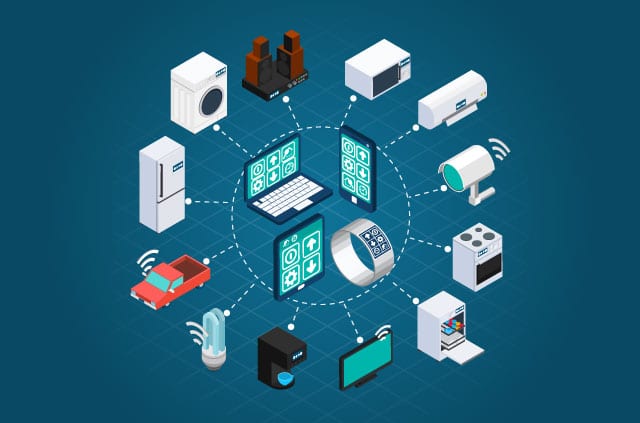“Exciting” is the only word that can be used to describe the technical revolution of the modern world. Every device is made to be connected to the internet, from refrigerators to toasters. This evolution of the internet is known as the “Internet of Things.” But what is the Internet of Things?
Every smart device is in its own“web.” Your Amazon Echo can communicate with your Phillips Hue lights and etc. Internet of Things is just that: the concept of devices being connected to the web and to each other, streaming and receiving data.
While there are concerns about privacy in the IoT, the progress made dealing with it is fascinating. This being said, IoT isn’t the only technology-based concept that’s experiencing massive growth. Blockchain is finding its footing in the world.
Unless you’ve dealt with cryptocurrency,you may not know what blockchain is. Simply put, blockchain is data that is stored across many locations. This data is constantly updated in every location.
What makes blockchain significant is the concept. Instead of the data being centralized, blockchains are decentralized. A hacker can’t modify the data in any way because of this, and the data is easily verifiable and accessible. Created for Bitcoin, blockchain has evolved to have many uses across enterprises and personal use. But how? And how does blockchain connect with IoT?
1. IoT + Blockchain = IOTA
Ever since the growing popularity of Blockchain and IoT, companies have wondered how innovative application of these technologies can be monetized.
Introducing IOTA,a permission less and decentralized ledger that enables Machine-2-Machineeconomies. When a transaction is made in IOTA, it contributes to “The Tangle”,IOTA’s form of Blockchain. The Tangle operates by having transactions approve transactions. For example, if you make a transaction, you must approve two other transactions that have already been made.
The whole reason that IOTA exists is to become a platform for Machine-2-Machine economies. In these economies, smart devices would be able to order services or products without human intervention. For example, if my smart bulb detected a fault, the bulb would be able to request a replacement without me needing to do anything.
The main reason the world has not shifted to this from IoT is that of fees. As of now, the transfer of micro-payments has a high cost. Because of this, it’s not really viable. IOTA is trying to fix this. IOTA promises absolutely zero transaction costs.
IOTA is the shining example of blockchain technology being used with IoT. As our lives become more enveloped in technology, it’s only expected that convenience becomes a focus and priority. Businesses would be able to use IOTA to let their assets manage themselves instead of having a dedicated manager. When it comes to our personal lives, the potential is endless.
That’s truly the only way to conclude. IOTA is an example of the future of IoT and blockchain. Surely, there will be more programs just like IOTA. Our lives will be machine-based, with these machines becoming smarter and more frequent. As long as these machines don’t enslave the human race, I’m fine with this progression.


Leave a Reply
You must be logged in to post a comment.